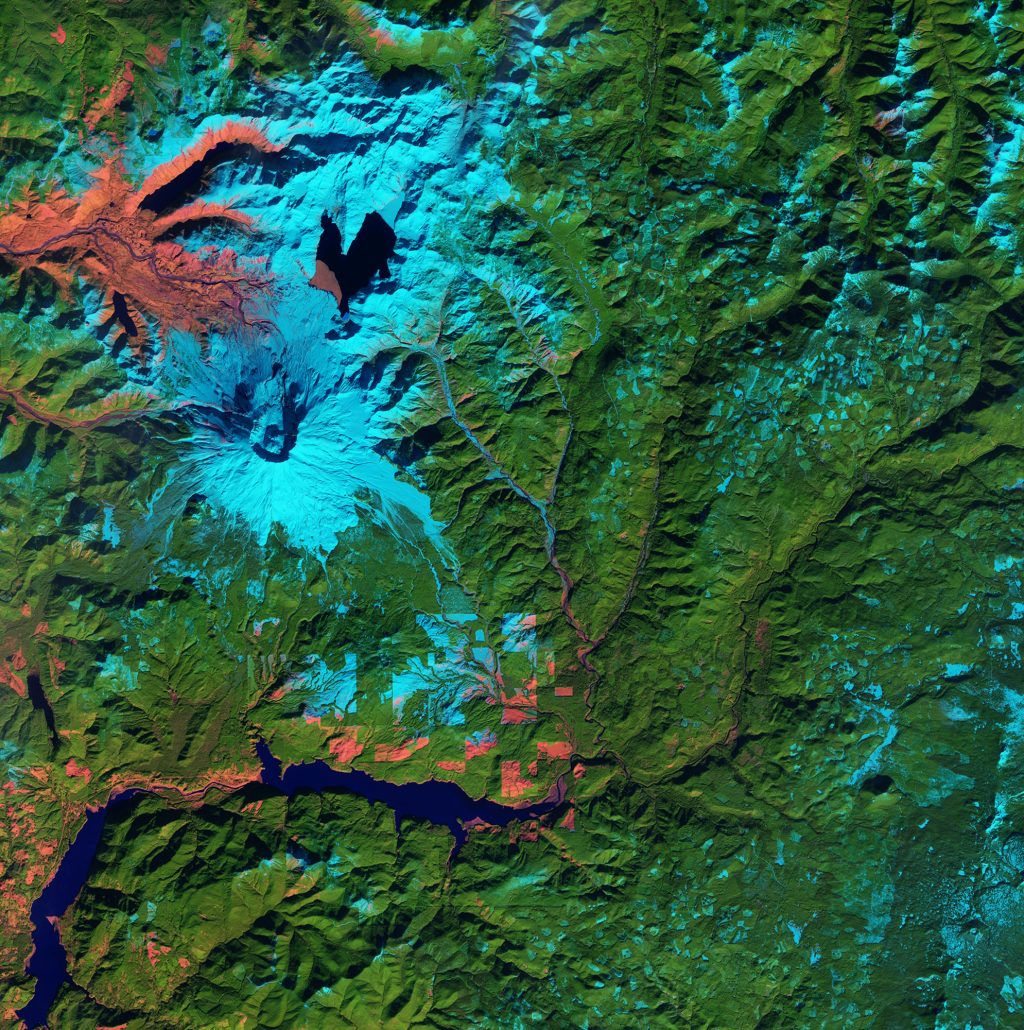Context:
According to the interim judgment passed by the Supreme Court on February 2, 2024, the central government has furnished details about its forest records.
Background:
- As per an interim judgment from the Supreme Court, 27 states and Union Territories (UTs) have provided details regarding their forest records.
- The Supreme Court issued an interim directive to the Centre earlier in the year, instructing them to interpret the term ‘forest’ broadly and inclusively, in line with the T N Godavarman judgment from December 1996.
- This directive was prompted by a Public Interest Litigation (PIL) which contested the constitutionality of the Van Sanrakshan Evam Adhiniyam, 2023.
- The Forest (Conservation) Act, 1980 was amended to Van Sanrakshan Evam Adhiniyam, 2023 by the Centre, aiming to provide clarity on the definition of ‘forest’ in accordance with the Godavarman judgment.
- In the landmark case of T N Godavarman Thirumalpad v. Union of India (December 12, 1996), the Supreme Court ruled that the term ‘forest’ should be understood based on its dictionary meaning, regardless of ownership.
Details About the Judgement and reports:
- The directive was issued in response to a petition challenging the 2023 amendment to the Forest (Conservation) Act, 1980. The FCA requires individuals to obtain government clearance before utilizing any forest land for non-forest purposes.
- A key provision of the 2023 amendment stated that the FCA would only be applicable to land officially designated as forest in government records. This contradicted a 1996 Supreme Court ruling, which clarified that the FCA applied not only to officially designated forest land but also to any land meeting the dictionary definition of forest.
- The reports revealed that most states offered general data regarding deemed forests but lacked specifics on their boundaries or precise locations. Some states, like West Bengal, did not provide any details in their expert committee reports.
- A significant concern raised is the exclusion of 1.97 lakh sq km of deemed forests.
- Certain states, such as Uttarakhand, provided data predating the state’s formation, categorised broadly as forest areas controlled by “government, individuals, degraded, and plantations”.
- Arunachal Pradesh stated that 61.7% of the forest in the state was unclassed state forest and emphasised the need for an “extensive field study” supported by satellite imagery
Implications and Challenges:
- Incomplete records hinder effective forest conservation efforts, exacerbating ecological degradation and climate change impacts.
- Ambiguity surrounding ‘un-classed forests’ poses challenges in safeguarding these areas from encroachments and diversions.
Recommendations:
- Urgent steps are needed to rectify deficiencies in records and ensure comprehensive documentation, including ‘un-classed forests.’
- Enhanced coordination, stakeholder engagement, and technology adoption can improve mapping and monitoring of forest areas.
- Strengthening legal frameworks and enforcement mechanisms is vital for environmental justice and sustainable development.
Conclusion:
The delayed release of forest records underscores the need for a more inclusive approach to forest conservation. Addressing challenges requires concerted efforts from policymakers, civil society, and stakeholders to ensure the integrity and resilience of India’s forests.

